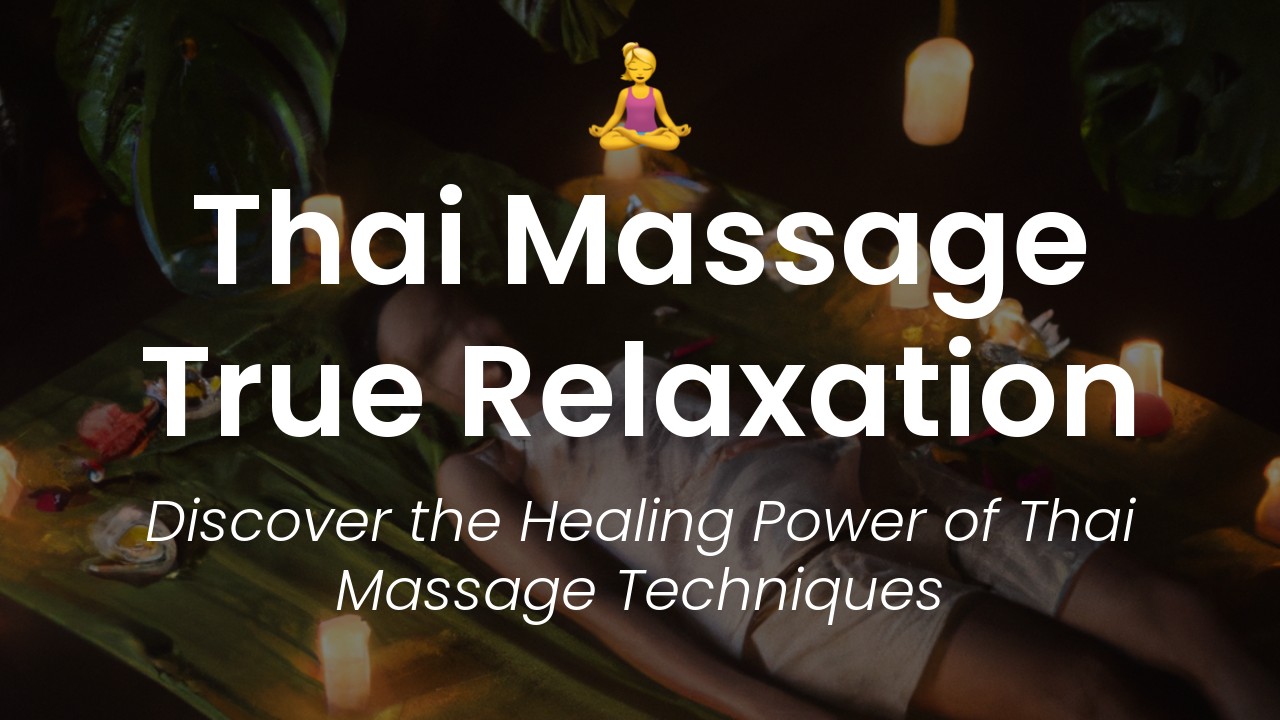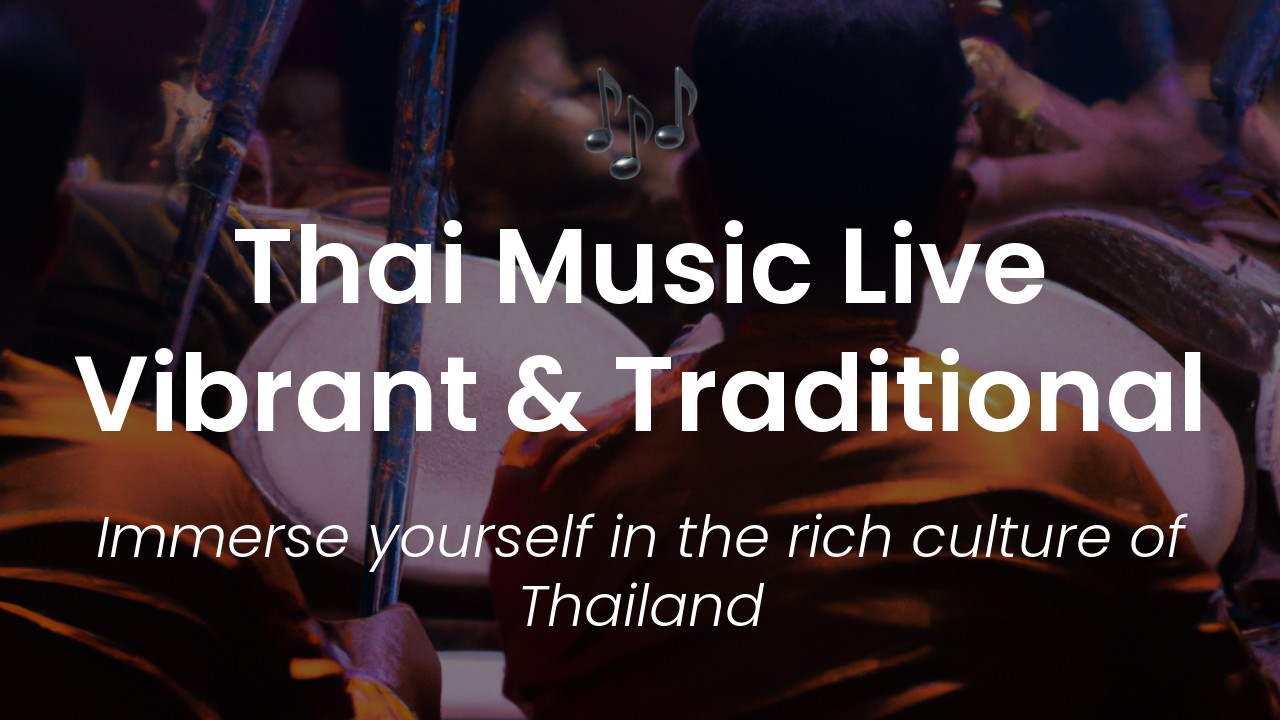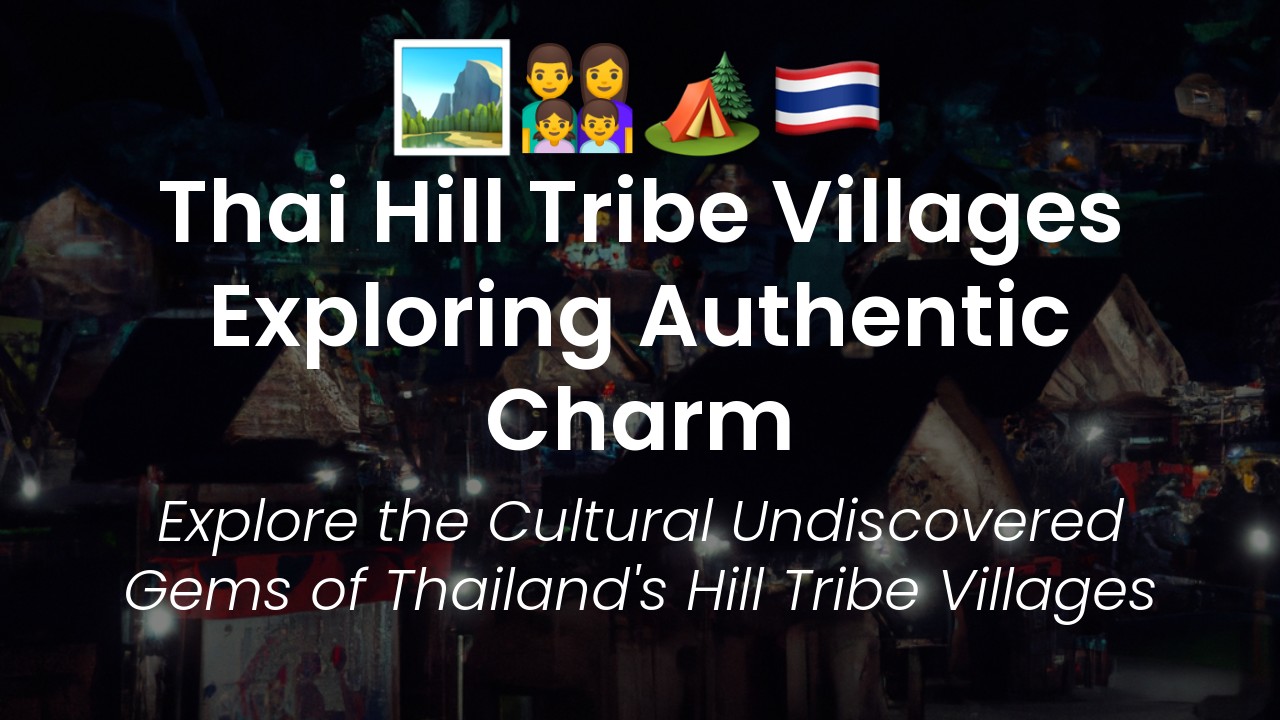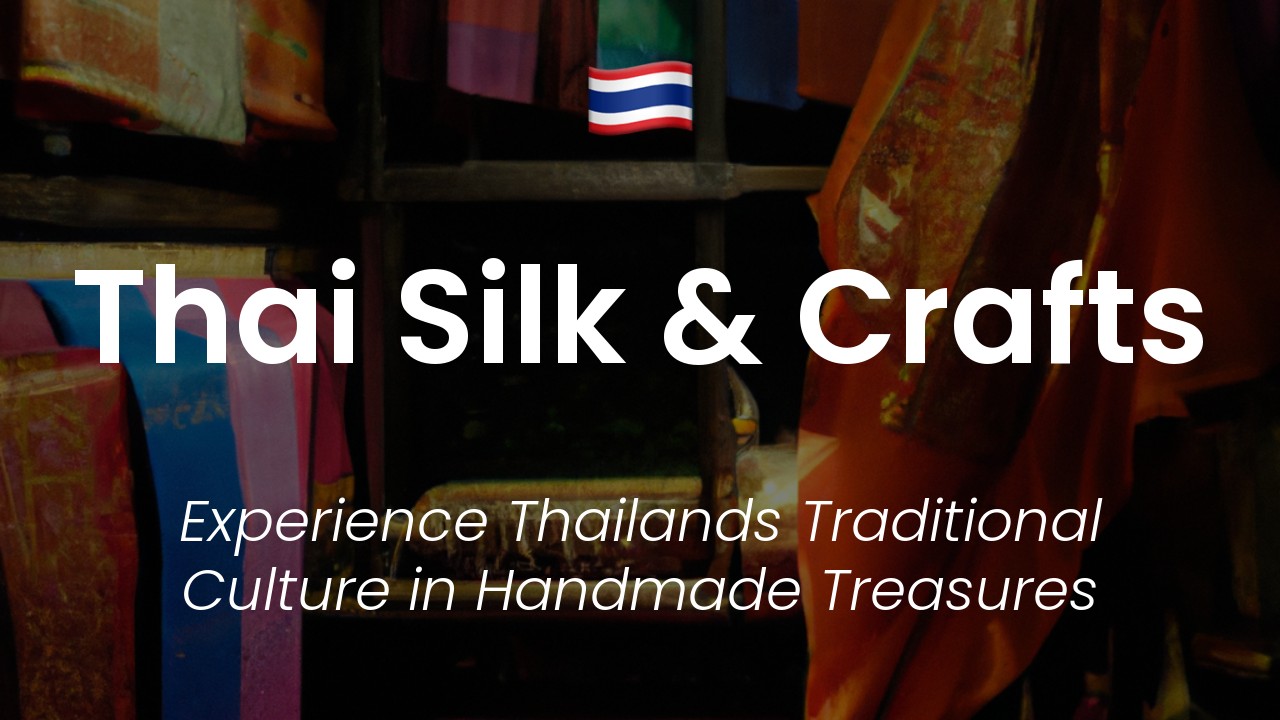Hello and welcome to my blog, where I explore the beauty and richness of Thai culture and tourism. In this article, I will be discussing one of the most popular and relaxing activities in Thailand: traditional Thai massage.
As a Thai national, I grew up witnessing and experiencing the power of traditional Thai massage in various settings. My grandmother would practice it on me to help alleviate stress and muscle tension, and I remember being fascinated by the way she manipulated my body.
Traditional Thai massage is known for its unique combination of stretching, acupressure, and energy balancing techniques. It is deeply rooted in Thai medicine and Buddhist philosophy, and aims to heal both the body and the mind.
If you are feeling stressed, anxious, or simply in need of some relaxation, then traditional Thai massage might be just the activity for you. In this article, I will provide a comprehensive guide to this ancient practice, including its history, benefits, and what to expect during a typical session. By the end of this article, you will have unlocked the secret to true relaxation and will be ready to book your first traditional Thai massage session in Thailand.
What is Traditional Thai Massage?
Traditional Thai massage is a centuries-old technique that is rooted in ancient Eastern healing practices. It is also known as Thai yoga massage or simply, Thai massage.
The practice involves a series of movements and techniques that aim to relax the body and mind, release tension, and improve overall wellbeing. Unlike other types of massage, Thai massage is focused on the energy lines in the body, known as sen.
Thai massage is performed on a mat on the floor, with the client fully clothed in loose clothing. The massage therapist uses their fingers, palms, elbows, knees, and feet to apply pressure to various parts of the body, employing stretching and compression techniques to release tension, realign the body, and improve the flow of energy.
The Benefits of Traditional Thai Massage
The benefits of traditional Thai massage are numerous and wide-ranging. Here are just a few of the most significant benefits you can expect from a Thai massage session:
1. Stress Relief
Thai massage is known for its ability to reduce stress and promote relaxation. The techniques used in Thai massage work to calm the mind and body, releasing tension from muscles and helping clients to achieve a deep state of relaxation.
2. Pain Relief
Thai massage can also be highly effective for relieving pain in the body. The stretching and compression techniques used in Thai massage work to improve circulation, reduce inflammation, and ease muscle tension, providing relief from aches and pains throughout the body.
3. Improved Flexibility
Through a combination of stretching and massage techniques, Thai massage can help to improve the flexibility of the body. This can be especially beneficial for athletes, dancers, and others who rely on their physical abilities for their livelihoods.
4. Improved Energy
The focus on the energy lines in the body during a Thai massage session is believed to help balance the body's energy, known as Qi. This can lead to an overall improvement in energy levels and a feeling of vitality.
5. Increased Body Awareness
Thai massage involves a focus on breath and body awareness, making it a meditative and introspective practice. This can help clients to become more attuned to their bodies and better able to identify areas of tension and imbalance.
The Techniques Used in Traditional Thai Massage
There are several key techniques used in traditional Thai massage. Here are a few of the most common techniques you may experience during a Thai massage session:
1. Compression
Compression techniques involve applying pressure to specific points on the body, usually with the thumbs or palms of the hands. This can help to release tension in muscles and improve circulation.
2. Stretching
Thai massage also involves a number of stretching techniques, which help to elongate the muscles and increase flexibility. These stretches are often performed in a yoga-like fashion, with the therapist guiding the client through the movements.
3. Acupressure
Acupressure involves applying pressure to specific points on the body that are believed to correspond to different organs or systems in the body. This can help to improve overall health and wellbeing.
4. Joint Mobilization
Joint mobilization techniques involve moving the joints through their full range of motion to improve flexibility and alignment. This can be especially beneficial for those who suffer from joint pain or stiffness.
What to Expect at Your First Thai Massage
If you're considering trying traditional Thai massage for the first time, you may be wondering what to expect during your session. Here's a general overview of what you can expect:
1. Clothing
Since Thai massage is performed fully clothed, it's important to wear loose-fitting clothing that will allow you to move freely. Opt for comfortable, breathable garments that won't restrict your range of motion.
2. Environment
Thai massage is typically performed on a mat on the floor, in a quiet, calm environment. Soft lighting, soothing music, and aromatic oils may also be used to enhance the relaxation experience.
3. Communication
Communication with your massage therapist is key during a Thai massage session. If you have any questions or concerns, don't hesitate to speak up. Your therapist can also adjust the pressure and intensity of their techniques based on your feedback.
4. Duration
A typical Thai massage session lasts around two hours, although shorter sessions are also available. It's important to arrive on time and allow yourself plenty of time to relax and unwind.
How to Find a Qualified Thai Massage Therapist
Finding a qualified and experienced Thai massage therapist is essential if you want to reap the full benefits of this ancient practice. Here are a few tips for finding a reputable therapist:
1. Seek Recommendations
Ask friends, family members, or colleagues for recommendations for a trusted Thai massage therapist in your area. Personal referrals are often the best way to find a qualified practitioner.
2. Check Credentials
Before booking a Thai massage appointment, take the time to research the therapist's credentials and experience. Look for a therapist who has completed formal training in Thai massage and has plenty of experience working with clients.
3. Ask Questions
Don't be afraid to ask your therapist questions about their practice, experience, and training. A good therapist will be happy to provide this information and help you feel comfortable during your session.
4. Trust Your Instincts
Ultimately, your own intuition is the best guide when it comes to finding the right Thai massage therapist for you. If you feel uncomfortable or uneasy during your initial consultation, it may be best to look elsewhere.
The Difference Between Thai Massage and Other Types
While Thai massage shares some similarities with other types of massage, such as Swedish massage or deep tissue massage, there are some notable differences. Here are a few of the key differences between Thai massage and other types:
1. Clothing
Thai massage is performed fully clothed, while other types of massage are usually performed with the client partially or fully undressed.
2. Focus on Energy Lines
Unlike other types of massage, Thai massage focuses on the energy lines in the body, known as sen. The goal is to balance the body's energy and promote overall health and wellbeing.
3. Stretching
Thai massage involves more stretching than other types of massage, as well as yoga-like movements that help to elongate the muscles and improve flexibility.
4. Unique Techniques
Thai massage also incorporates a number of unique techniques that aren't used in other types of massage, such as acupressure and joint mobilization.
Conclusion
Traditional Thai massage is a powerful and effective technique for promoting relaxation, reducing stress and tension, and improving overall health and wellbeing. If you're looking for a natural way to achieve true relaxation and inner peace, consider trying this ancient practice for yourself. With the right therapist and a willingness to explore and open yourself up to new experiences, you may just discover a whole new level of physical, mental, and spiritual harmony.







